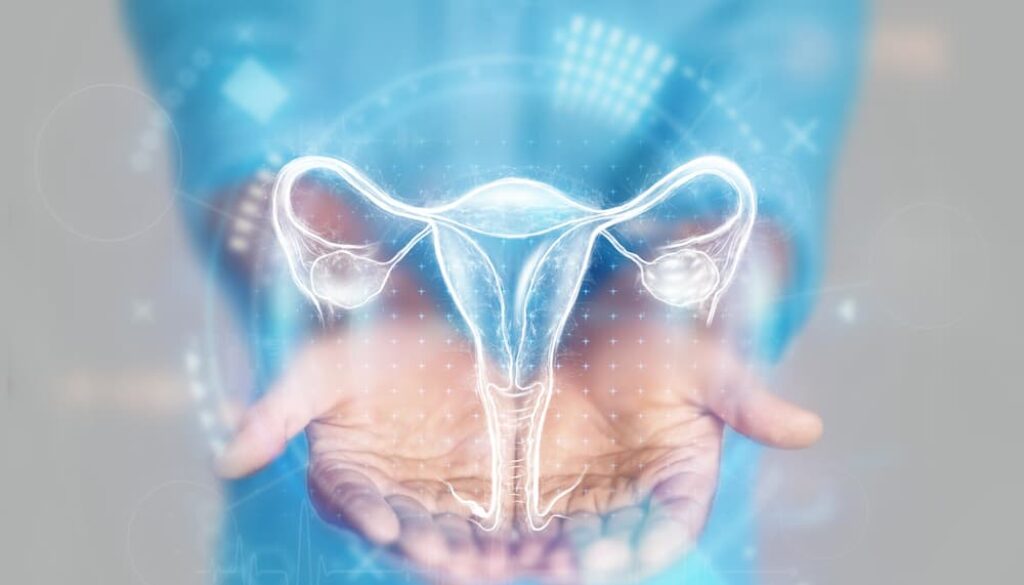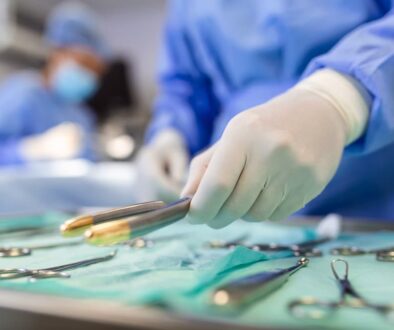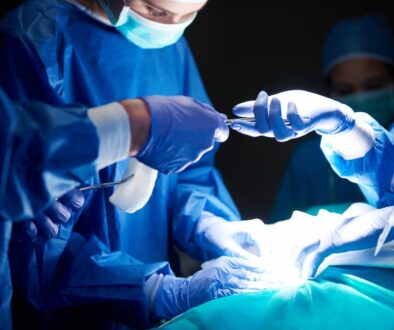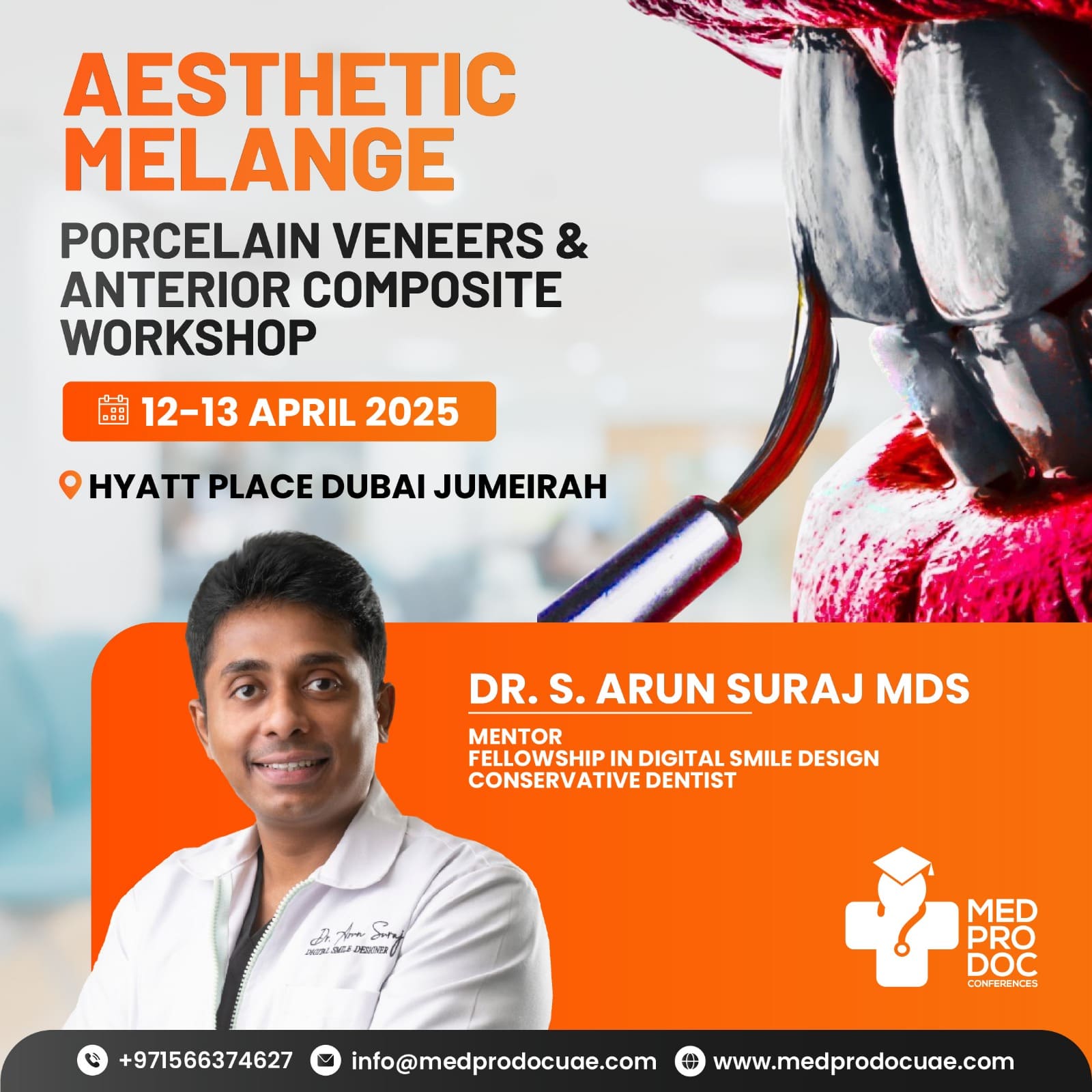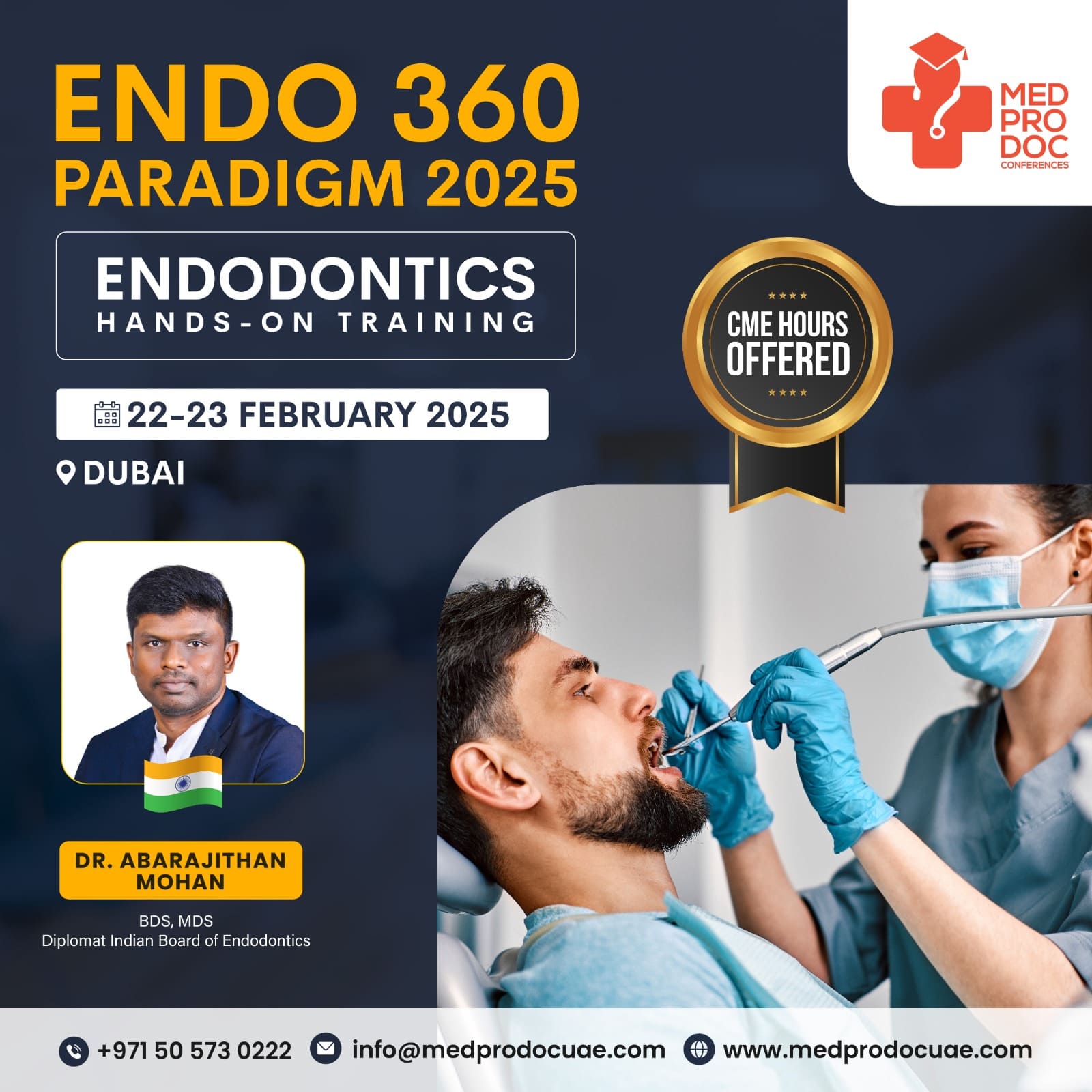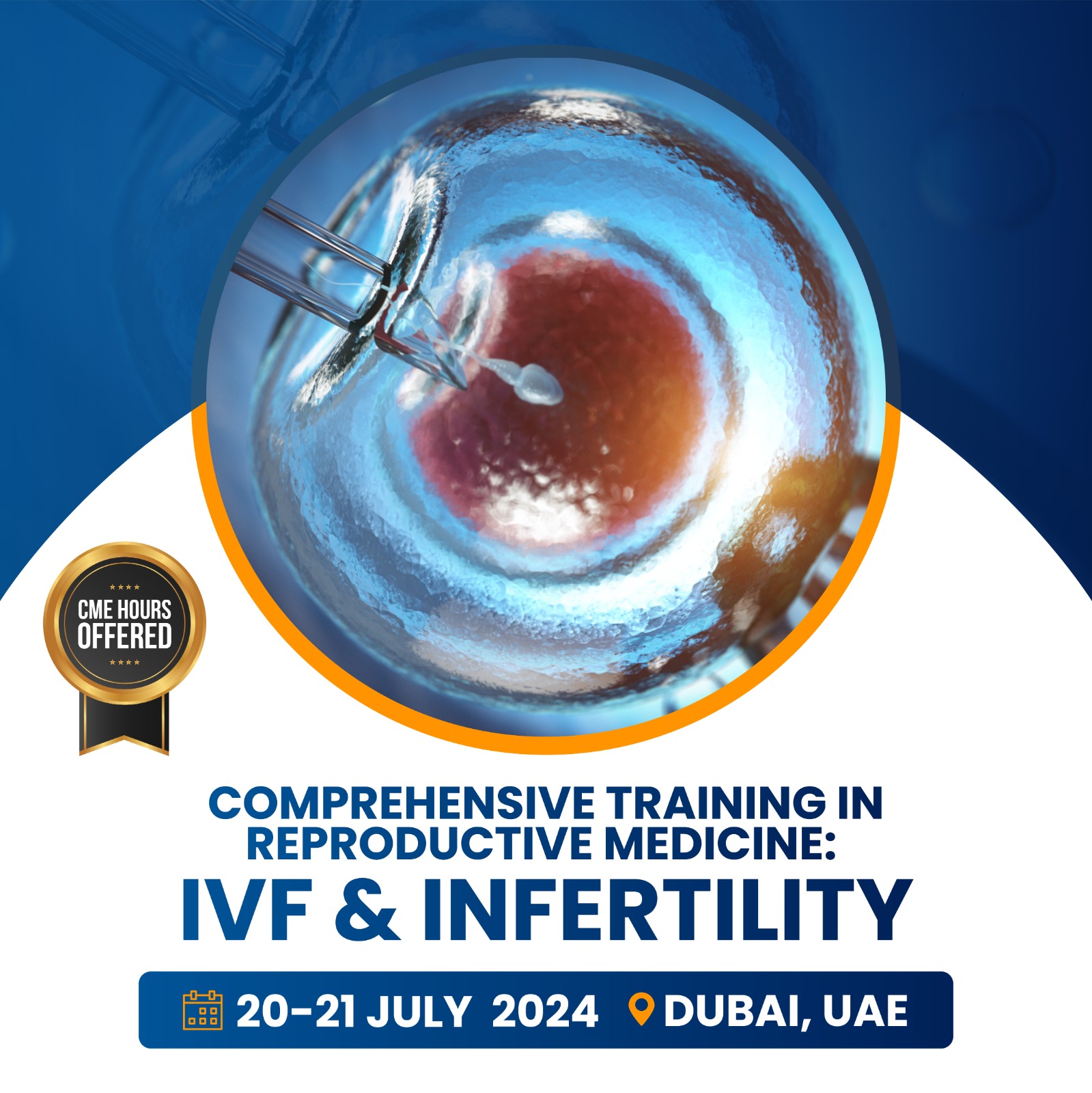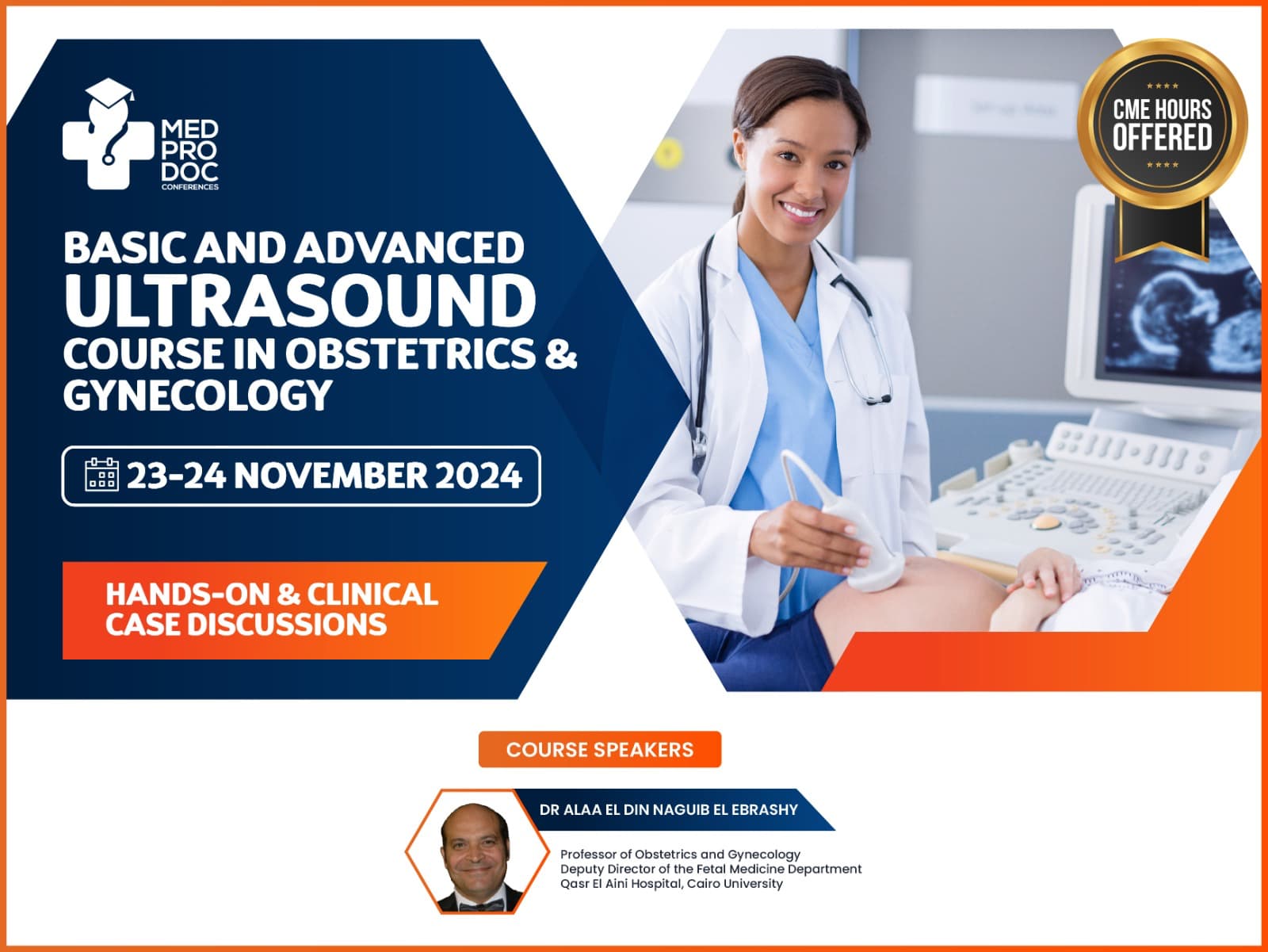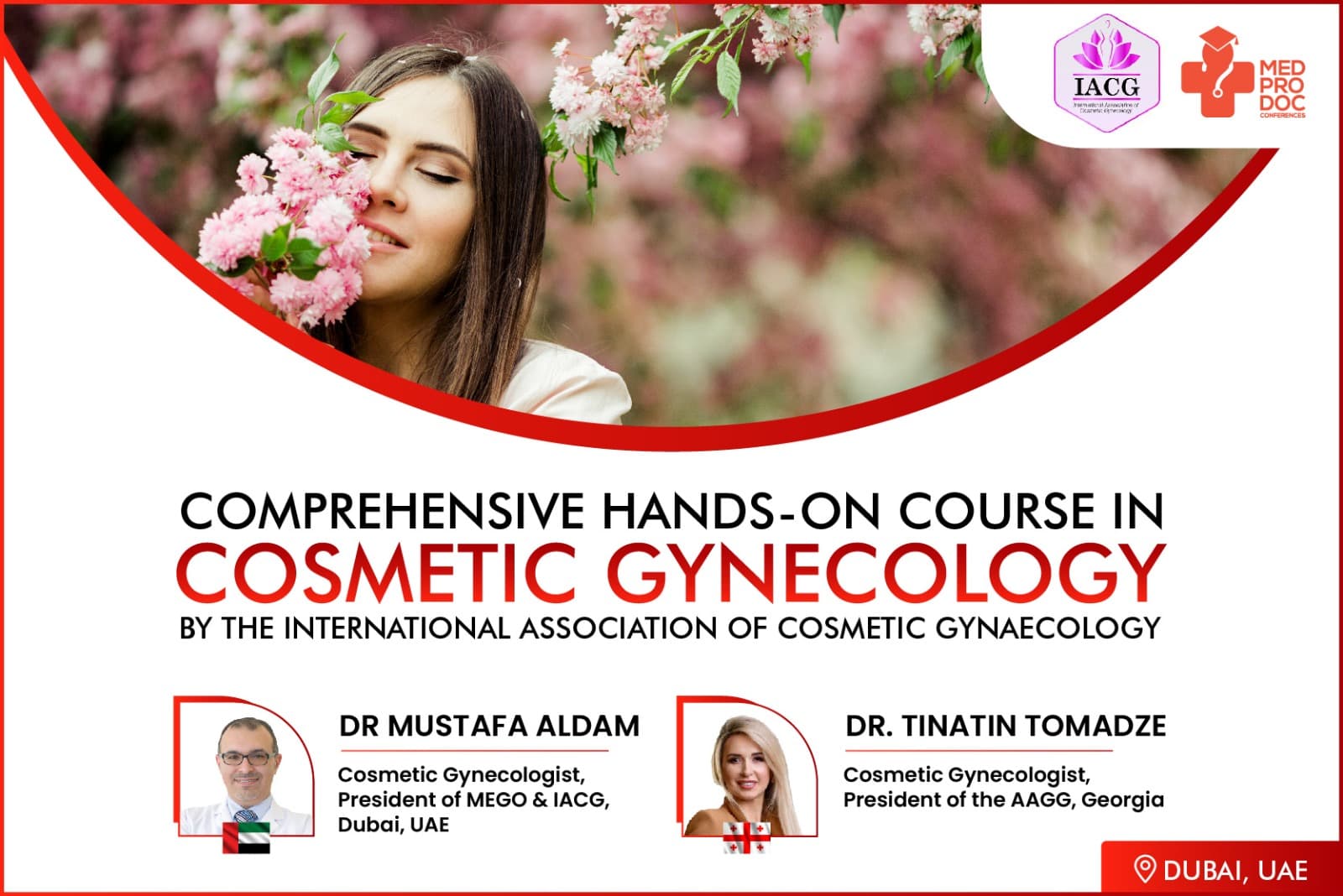Assisted Reproductive Technology
Medical procedures are used in Assisted Reproductive Technology (ART) to treat infertility. Artificial insemination, in-vitro fertilization, and surrogacy are all examples of assisted reproductive procedures. Infertility, as defined by the WHO (World Health Organization), is the inability to become pregnant after more than a year without the use of contraceptives. Besides, males and females can both experience infertility. Assisted Reproductive Procedures include cryopreservation of embryos or gametes, in vitro fertilization (IVF), the use of fertility drugs, Intracytoplasmic sperm injection (ICSI), and other procedures. When individuals utilize the procedures to address infertility, they refer to it as fertility treatment. Assisted Reproductive Techniques primarily deals with reproductive endocrinology and infertility. Additionally, Assisted Reproductive Technology influences surrogacy requests.
Assisted reproductive technology treats infertility by using both a woman’s egg and a man’s sperm. The process starts with the removal of a woman’s eggs, which are subsequently combined with sperm to create embryos. The woman’s body is then used to implant this embryo. The most widely practiced and successful Assisted Reproductive Technique is In Vitro Fertilization, or IVF, which is based on this idea.
In Numerous other instances, Assisted Reproductive Procedures involve donor sperm, donor eggs, or already frozen embryos. Techniques can occasionally also use a gestational carrier or surrogate. A woman is referred to as a surrogate if she conceives using a female partner’s egg and a male partner’s sperm. One of the difficulties and frequently occurring side effects of Assisted Reproductive Techniques is multiple pregnancies, but women can reduce and even avoid them by receiving a reduced total number of embryos.
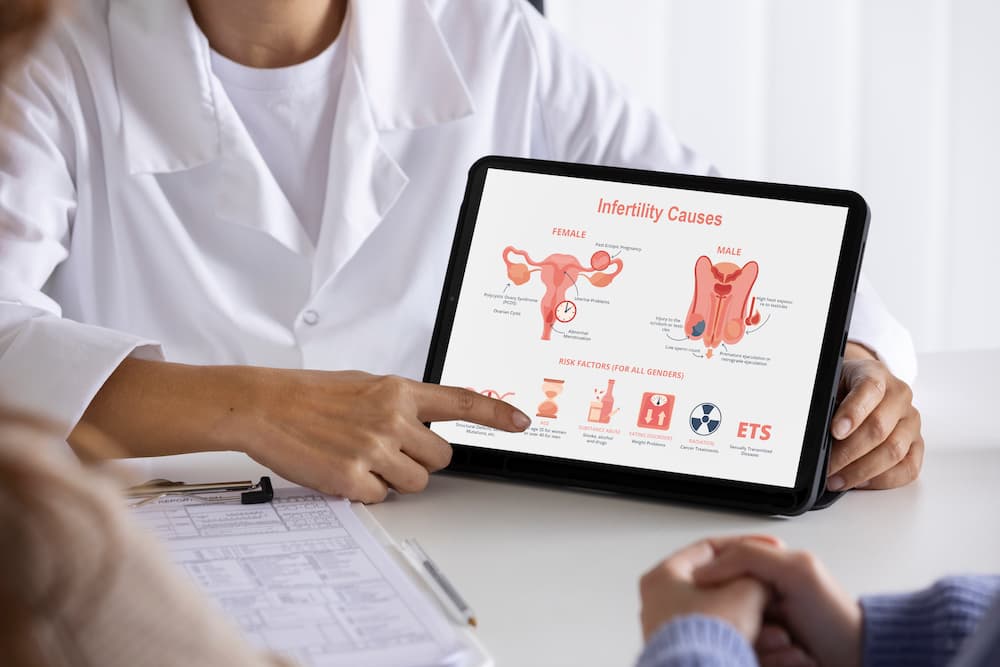
What results in infertility?
Both men and women have the possibility of infertility. Several contributing elements or causes of infertility include:
Among men
- Impotence-related ejaculatory problems brought on by insufficient ejaculation or erectile dysfunction
- Oligospermia and azoospermia are two conditions that affect sperm production and sperm count. Some sperm cells are abnormal or die before reaching the egg.
- One of the primary factors that play a significant role is age. Older men have a lower sperm count.
- Structural defects impact sperm motility or shape, hindering sperm from attaching to or even swimming toward the egg
Among women
- Ovulation diseases, such as PCOS, prevent the ovary from producing eggs.
- Endometriosis, for example, is a condition in which the uterine lining is poor and the womb tissue invades, harming the nearby reproductive tissues.
- Blockage in the fallopian tube’s structure prevents the sperm from contacting the egg.
- Increased Age: As a woman ages, the quality of her eggs declines, which may limit her capacity to conceive.
- Technologies Used in Assisted Reproduction
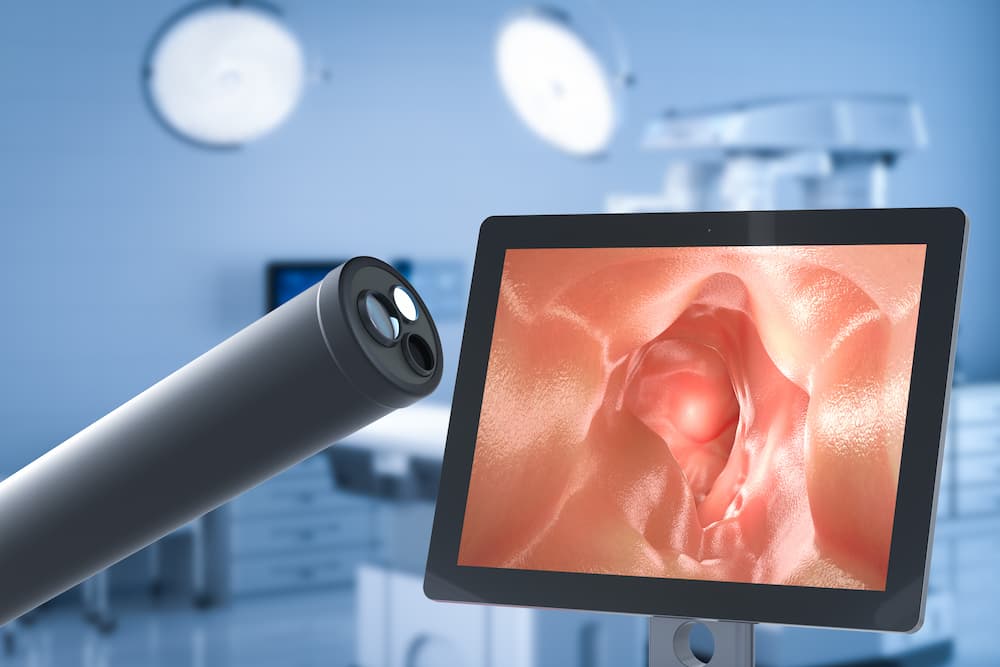
Technologies Used in Assisted Reproduction
Assisted Reproductive Technology that are frequently employed include;
- One of the most popular types of Assisted Reproductive technique is in vitro fertilization (IVF). Here, fertilization takes place external to the body.
- Gamete intrafallopian transfer (GIFT): This procedure includes transferring sperm and eggs into a woman’s fallopian tube, where fertilization occurs.
- In zygote intrafallopian transfer (ZIFT), also known as tubal embryo transfer, people use external fertilization, which is similar to IVF in this regard.
- The person uses the fallopian tube, not the uterus, to place the immature embryo.
- The couples typically employ the intracytoplasmic sperm injection (ICSI) method when the male partner is infertile. Sometimes older couples or even those who had unsuccessful IVF use it. Contrary to typical fertilization methods, where the sperm and egg are placed in a petri dish and the sperm fertilizes the egg on its own, the approach used here is the introduction of a single sperm into a mature egg.
- Artificial insemination is the intentional insertion of sperm into a woman’s cervix or uterus in order to produce a pregnancy without a sexual encounter. It comes in the following varieties:
• Intrauterine insemination
• Intracervical insemination
• Intratubal insemination
Q 1. Are Assisted Reproductive Technology CME courses available in Dubai?
Ans. Yes. Several institutes offer ART courses at affordable rates.
Q 2. Will Med Pro Doc Conferences conduct Assisted Reproductive Techniques courses in the near future?
Ans. We are planning to conduct an IVF course. Stay tuned for more updates.
Q 3. Will the course include Hands-On Training?
Ans. Yes. The course will include both clinical case discussion and Hands-On Training.
Q 4. Will it have any list of specifications?
Ans. You must hold an MBBS degree in order to be qualified for this program.
Q 5. Will there be any discount offers available at the time of the program?
Ans. We will update you once we finalize the schedule.

